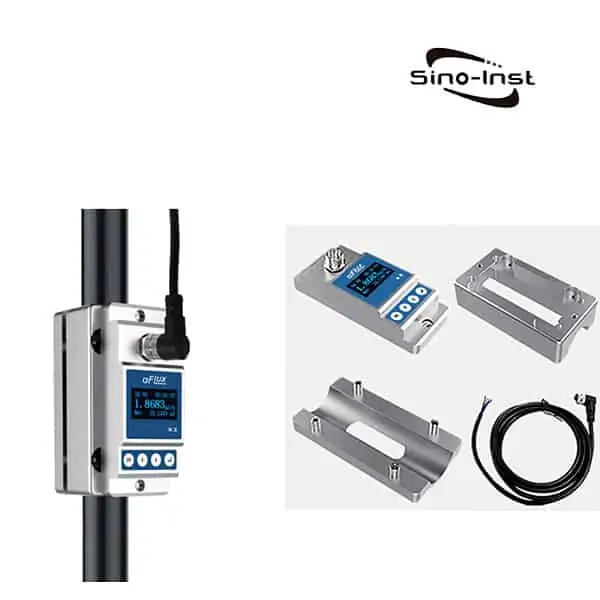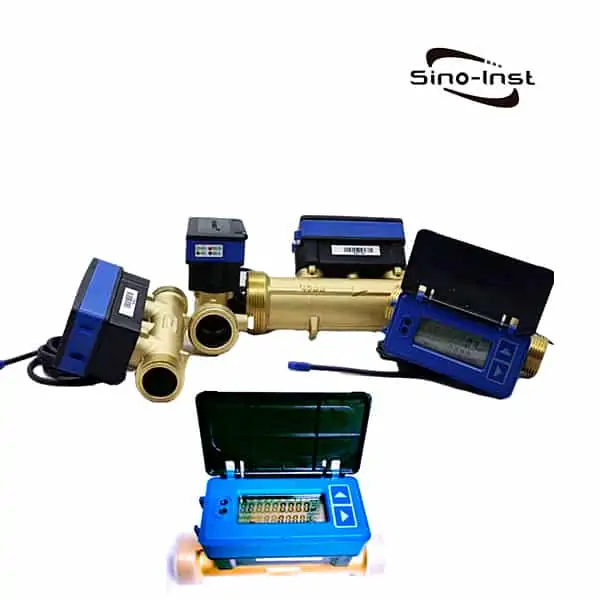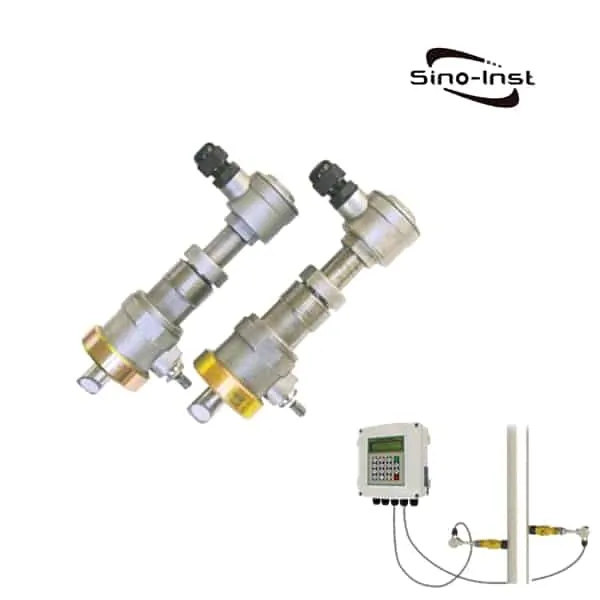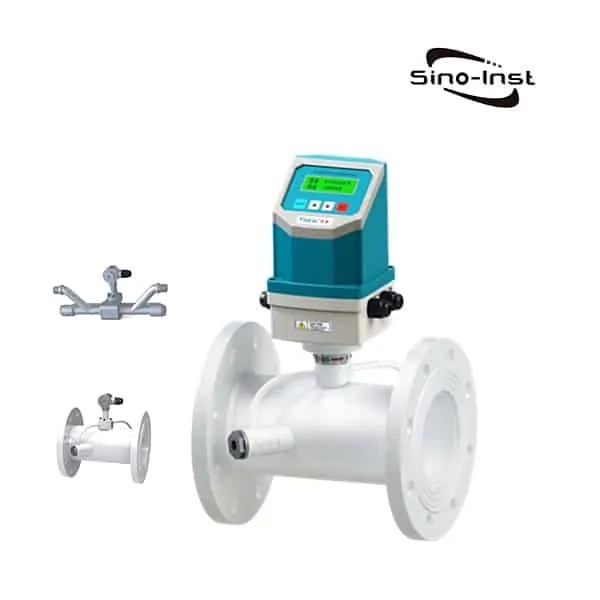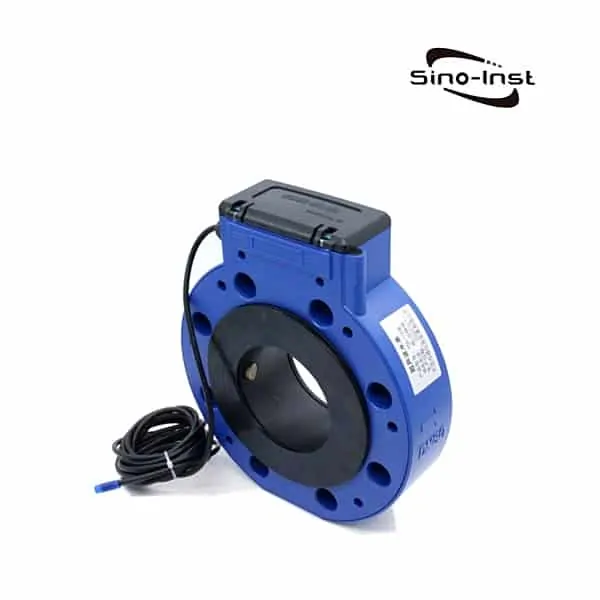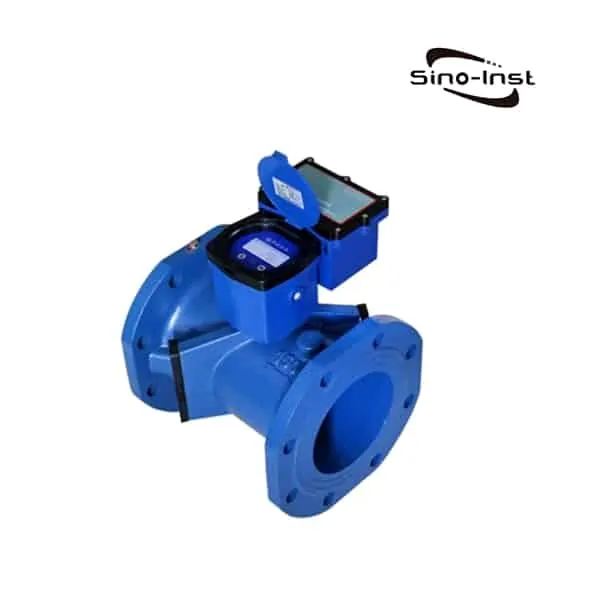LORA Water Meter is a commonly used wireless water meter/wireless flowmeter.
The wireless remote water meter measures the water flow in the pipeline. The microcomputer in the water meter automatically stores the amount of water used. When the time to send data regularly or when a meter reading signal is detected, the data is sent out through the wireless frequency band. Such as narrowband Internet of Things NB-IOT technology, LORA technology, GRS technology, etc.
There will be no signal interference, instead of manual meter reading. It is more convenient and faster, and the success rate of meter reading is high.

Featured Water Meters for Sale
What is LORA Smart Water Meter?
With the development of the Internet of Things technology, the “members” of the water meter family have undergone various changes. The new LORA smart water meter is favored by large water companies with spread spectrum modulation technology.
Presumably everyone is very unfamiliar with the word “LORA” in the Lora smart water meter. “LORA” stands for long-distance low-power data transmission, and it is a patented technology of a company in the United States. It uses chirp spread spectrum modulation technology and requires no wiring. A SIM card is added inside the concentrator host to realize wireless remote data transmission. Its receiving sensitivity has reached an astonishing -148dbm.
Compared with other advanced level chips in the industry. The higher receiving sensitivity improves more than 20db, which ensures the reliability of network connection.
Compared with other ordinary smart water meters, LORA smart water meters have the advantages of strong anti-interference, strong signal reception, low power consumption, and no wiring. Completely beats other ordinary smart water meters. It must be the trend of water meter products in the future.
Extended reading: Ultrasonic Water Meter Working Principle
Wireless Remote LORA Water Meter vs Mechanical Water Meter
With the continuous update of intelligent remote transmission technology, traditional mechanical water meters have been hit unprecedentedly in the industry. Will mechanical water meters be replaced by new smart water meters? Then we have to see which of their respective performance can better meet the market demand.
Let’s take the current popular LORA wireless remote water meter as an example to compare it with ordinary mechanical water meters.
The most prominent drawback of ordinary mechanical water meters is its meter reading method, and the impact of this drawback is becoming increasingly prominent.
In our inherent thinking, it is a very common and normal thing for meter readers to go door-to-door to read meters. However, under the impact of technologies such as the Internet of Things, the efficiency of door-to-door meter reading has been questioned.
The LORA wireless remote water meter developed using new technology is a meter reading command issued by the meter reader through the remote meter reading system. After the LORA module on the wireless remote water meter receives the meter reading command, it will The data is uploaded to the server. The meter reader can read the water meter data. This avoids the high cost and low efficiency of manual meter reading and the nuisance problems caused by household meter reading.
No matter what kind of water meter and what kind of function it has, they are all born to serve people’s lives. Whoever can provide more convenience and higher efficiency will be pushed to the stage of history.
Read more about: Choose the most suitable Inline flow meter
LoRa technology realizes the application of water meter-flow meter wireless transmission
LoRa is one of the LPWAN communication technologies, and it is an ultra-long-distance wireless transmission scheme based on spread spectrum technology adopted and promoted by Semtech in the United States. This solution changes the way of considering the compromise between transmission distance and power consumption in the past. Provide users with a simple system that can achieve long distance, long battery life, and large capacity, thereby expanding sensor networks.
At present, LoRa mainly operates in free frequency bands around the world, including 433, 470, 868, 915MHz, etc.
Extended reading: How to Select the Right Agriculture Flow Meter

LORA wireless RF module
Narrowband spread spectrum wireless communication module based on LORA technology.
Sino-Inst’s modular design idea, the battery and circuit are installed independently. It can be added or repaired later. It does not destroy the reliability of measurement.
One master and one slave connect two modules. There is no wiring trouble on site!
More Water Flow Solutions
Extended reading: Mechanical flow meter types
Sino-Inst offers over 30 water flow meter products for Water Flow Measurement. About 50% of these are able to add Lora wirelesss model.
A wide variety of LORA Water Meters for Water Flow Measurement options are available to you, such as free samples, paid samples.
Sino-Inst is a globally recognized supplier and manufacturer of LORA Water Meters, located in China.
The top supplying country is China (Mainland), which supply 100% of the LORA Water Meter respectively.
Sino-Inst sells through a mature distribution network that reaches all 50 states and 30 countries worldwide. LORA Water Meter products for Water Flow Measurement are most popular in Domestic Market, Southeast Asia, and Mid East.
You can ensure product safety by selecting from certified suppliers, with ISO9001, ISO14001 certification.
Request a Quote

Wu Peng, born in 1980, is a highly respected and accomplished male engineer with extensive experience in the field of automation. With over 20 years of industry experience, Wu has made significant contributions to both academia and engineering projects.
Throughout his career, Wu Peng has participated in numerous national and international engineering projects. Some of his most notable projects include the development of an intelligent control system for oil refineries, the design of a cutting-edge distributed control system for petrochemical plants, and the optimization of control algorithms for natural gas pipelines.

